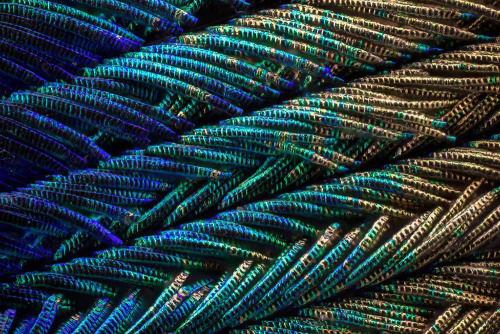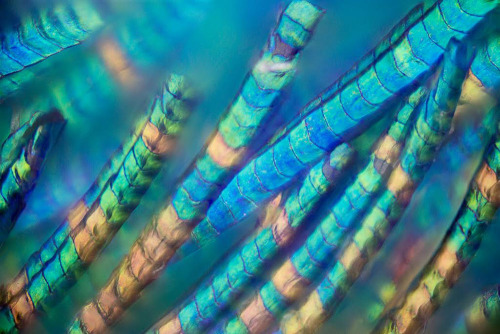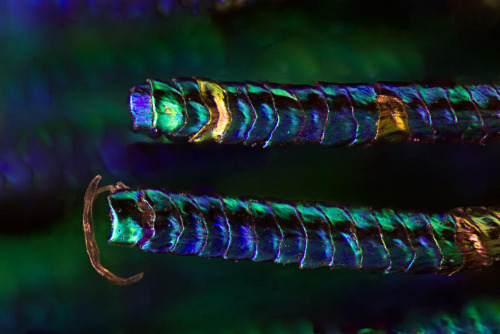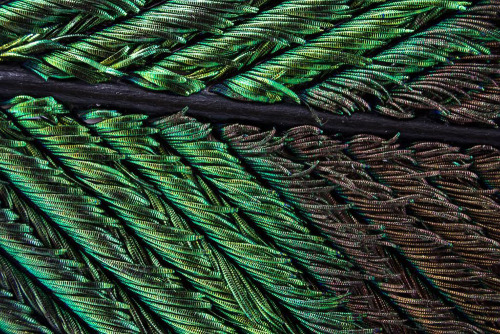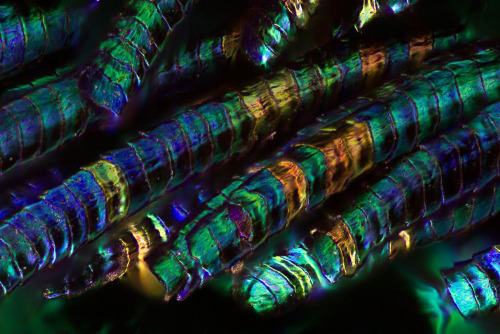Never Don't Reblog Labphoto
never don't reblog labphoto

Distillation of the reaction product from a pressure tube.
This picture may look like that’s nothing special with it, but in the receiving flask (left side) there is a really-really special disulfide what I was able to prepare first time in pure form with a high yield. For months I was unable to prepare this molecule with a high selectivity from the starting materials. Always at least 2-5 side products formed and the product was only isolated in a low, 10-20% yield.
More Posts from Secretagentpeptidebond and Others
I just knew that my inherent mistrust of AI would save me someday




This robot led people to their doom — and they still followed it
Researchers from Georgia Tech, backed by money from the Air Force, ran a test to see if people trying to escape from a high-rise building would trust a robot to lead them. Overwhelmingly, the sheeple followed the little droid to their simulated deaths. In the video, the researchers theorize why people obliged.
Follow @the-future-now

Day 2 of our mushroom lab: running our sample through a DEAE-Sepharose column
Brine is your friend

*gags then googles how to get rid of an emulsion*

BLUE MOON
Suli Ayad, an undergraduate working in Kenneth Hanson’s lab at Florida State University, synthesized these crystals of 7-bromo-2-naphthol in a round-bottom flask. Under ultraviolet light, the crystals glow bright blue because when 7-bromo-2-naphthol molecules absorb the energy in UV light, they get excited. The molecules then release that energy as blue light to return to their lower-energy ground state. But Hanson’s group is interested in the chemical’s excited state for another reason: In the excited state, the molecule is more than 10 billion times as acidic as it is in the ground state. This is due to a shift in electron density away from 7-bromo-2-naphthol’s OH group. The switchable increase in acidity makes the molecule a useful catalyst in organic chemistry.
Submitted by Jamie Wang and Kenneth Hanson. Do science. Take photos Get money. Enter our monthly photo contest here for your chance to win $50!
Related C&EN content:
Crystallized in Orange
Dimming The Lights On Photocatalysis
I have a lot of friends who are premeds, so they definitely aren't all bad. That said, some of them are pretty hard to be in class with. Especially the ones who are SUPER competitive - they dominate office hours and take up the instructor's time with questions that are sometimes only relevant to themselves. One of my TAs was complaining about one of the that argued with him for 30 minutes over half a point. There's a point where it goes past acceptable academic competition.
At the risk of being incredibly whiny, what exactly is everyone's beef with med students? D: I just finished my biology degree with pre-med and I guess I was just surrounded by med students because I do not understand
It’s just exhausting to be in a class you enjoy and are taking because you want to do science and be surrounded by students who are constantly complaining about how much they hate it, and don’t need it, and are only taking it because it’s going to be on the MCAT. Certainly not all pre-meds are like that, but even the 10% who constantly ask questions about if they’re going to get an A and look down at the mere science students kind of ruin it when you have to deal with them in every class.
I will say, a large part of the problem isn’t even pre-med students themselves, it’s the fact that biology departments have to bear the burden of the majority of their students being pre-professional in some capacity, who have completely different needs than pre-doctoral students who want to be biologists. Bio programs end up teaching to the MCAT almost out of necessity, which does a disservice to the students who want to be scientists.
I know that at my university, I considered switching to bio from chem, but ended up staying in the science and engineering college because the bio college was so focused on pre-professional students that they did a really poor job preparing you to be an actual scientist. Just based on the classes I took for my biochem minor, it was really obvious. I suspect that this is the case at a lot of schools, which sort of compounds the issues and makes pre-doctoral students frustrated with pre-meds, even though it’s not their fault directly.

A Disturbance In The F-Ring
A bright disruption in Saturn’s narrow F ring suggests it may have been disturbed recently. This feature was mostly likely not caused by Pandora (50 miles or 81 kilometers across) which lurks nearby, at lower right. More likely, it was created by the interaction of a small object embedded in the ring itself and material in the core of the ring. Scientists sometimes refer to these features as “jets.”
Because these bodies are small and embedded in the F ring itself, they are difficult to spot at the resolution available to NASA’s Cassini spacecraft. Instead, their handiwork reveals their presence, and scientists use the Cassini spacecraft to study these stealthy sculptors of the F ring.
This view looks toward the sunlit side of the rings from about 15 above the ring plane. The image was taken in visible light with the Cassini spacecraft narrow-angle camera on April 8, 2016.
The view was acquired at a distance of approximately 1.4 million miles (2.2 million kilometers) from Saturn and at a Sun-Saturn-spacecraft, or phase, angle of 105 degrees. Image scale is 8 miles (13 kilometers) per pixel.
The Cassini mission is a cooperative project of NASA, ESA (the European Space Agency) and the Italian Space Agency. The Jet Propulsion Laboratory, a division of the California Institute of Technology in Pasadena, manages the mission for NASA’s Science Mission Directorate, Washington. The Cassini orbiter and its two onboard cameras were designed, developed and assembled at JPL. The imaging operations center is based at the Space Science Institute in Boulder, Colorado. -NASA/JPL-
Image above © NASA/JPL-Caltech/Space Science Institute
-
 anna0qfpm liked this · 6 months ago
anna0qfpm liked this · 6 months ago -
 myu24-sex-5dul liked this · 2 years ago
myu24-sex-5dul liked this · 2 years ago





